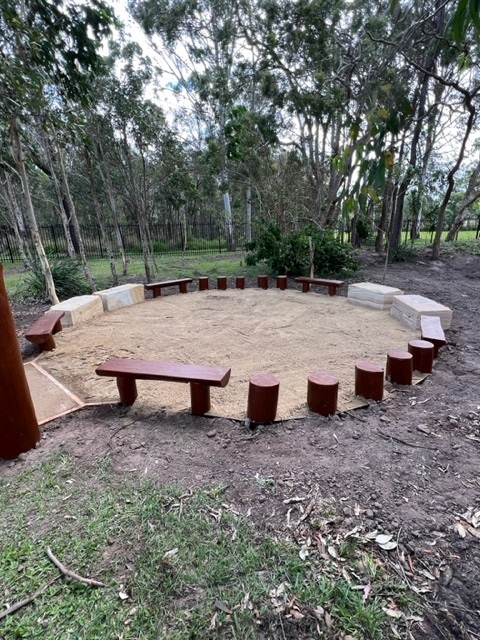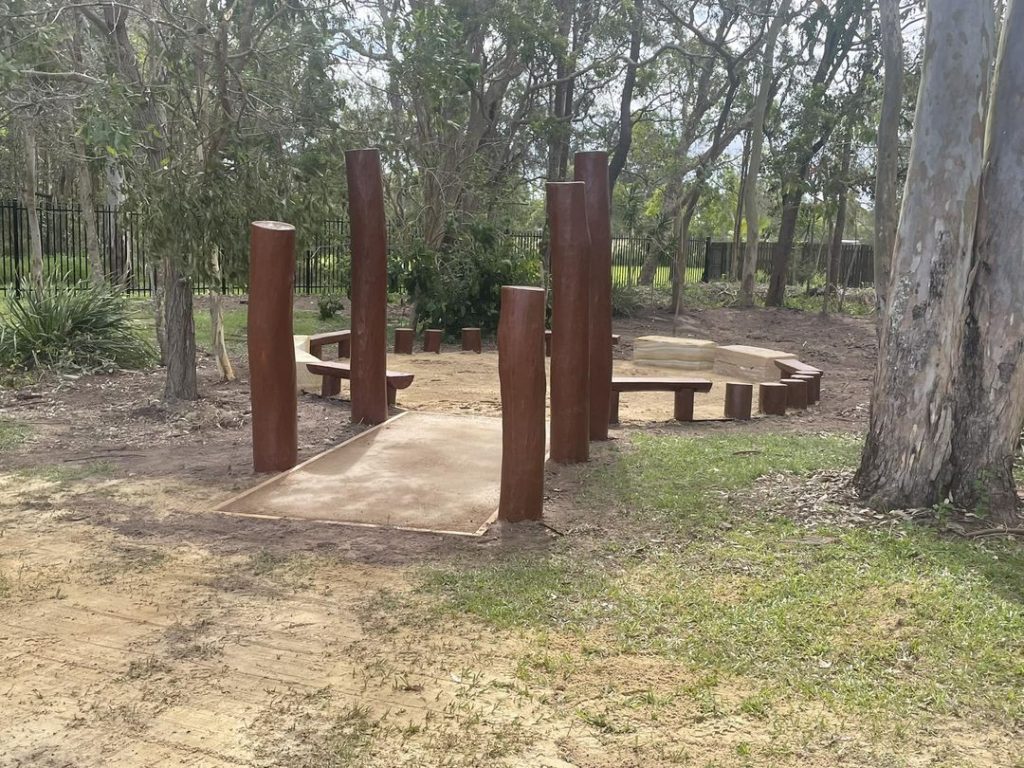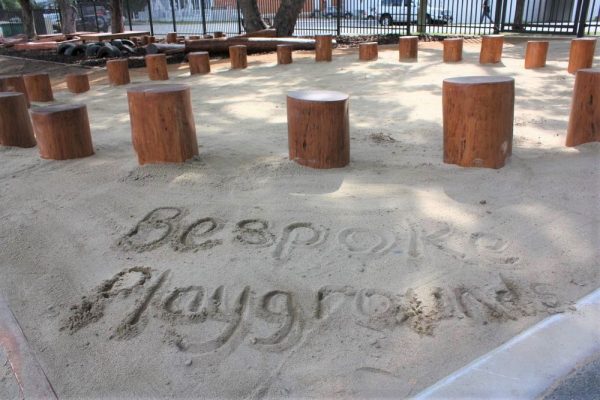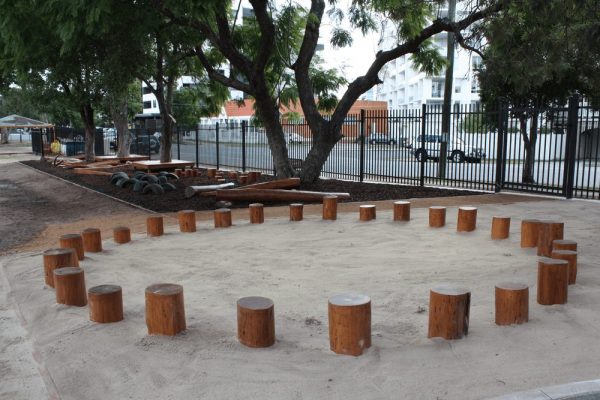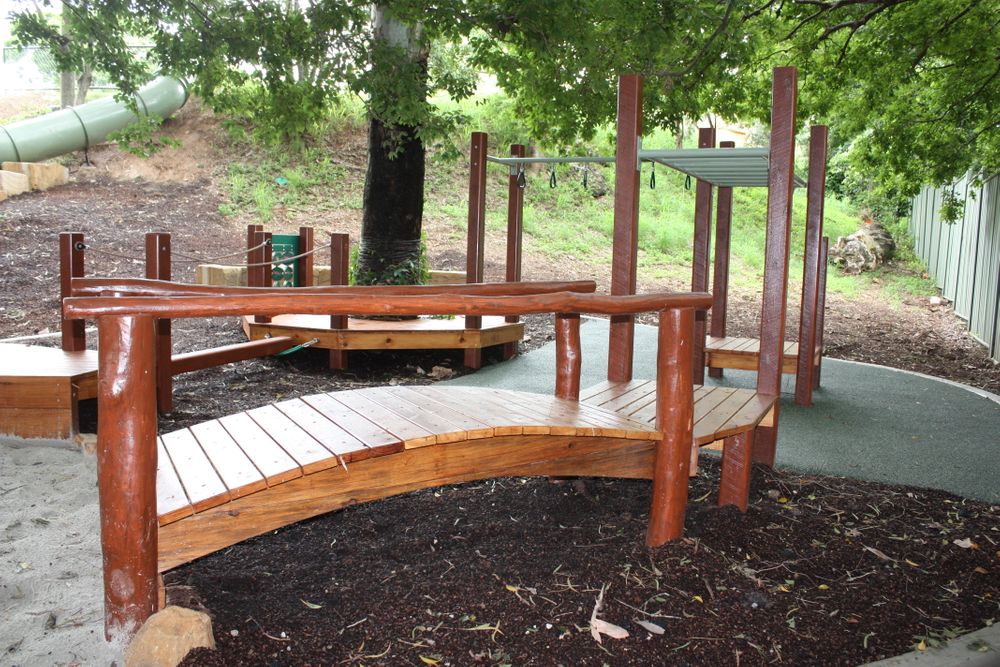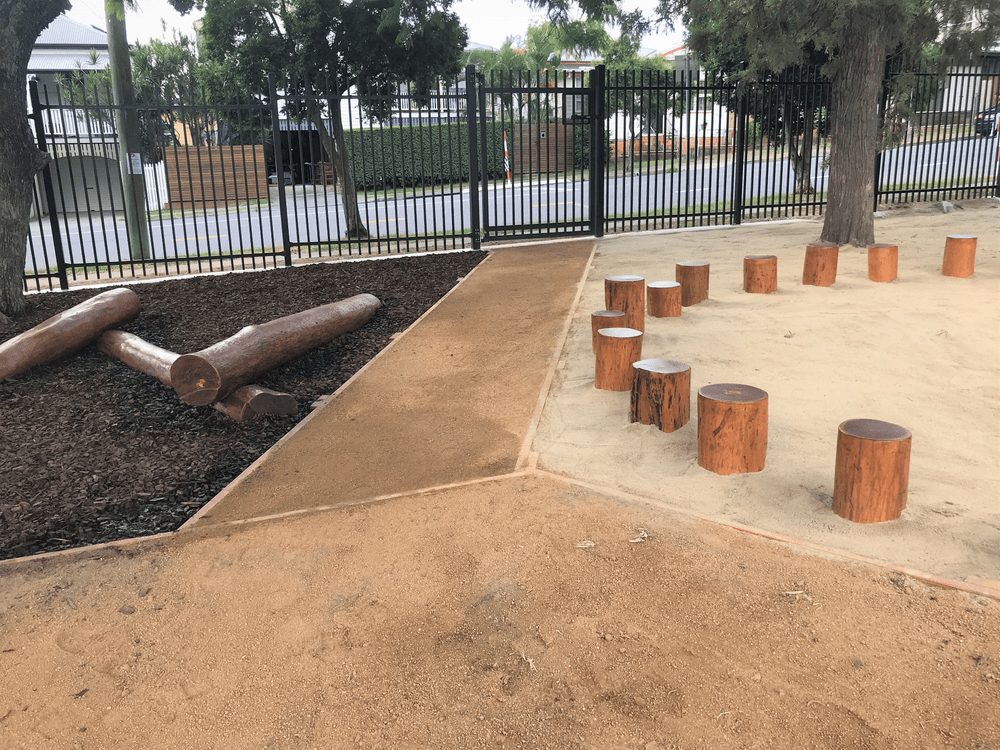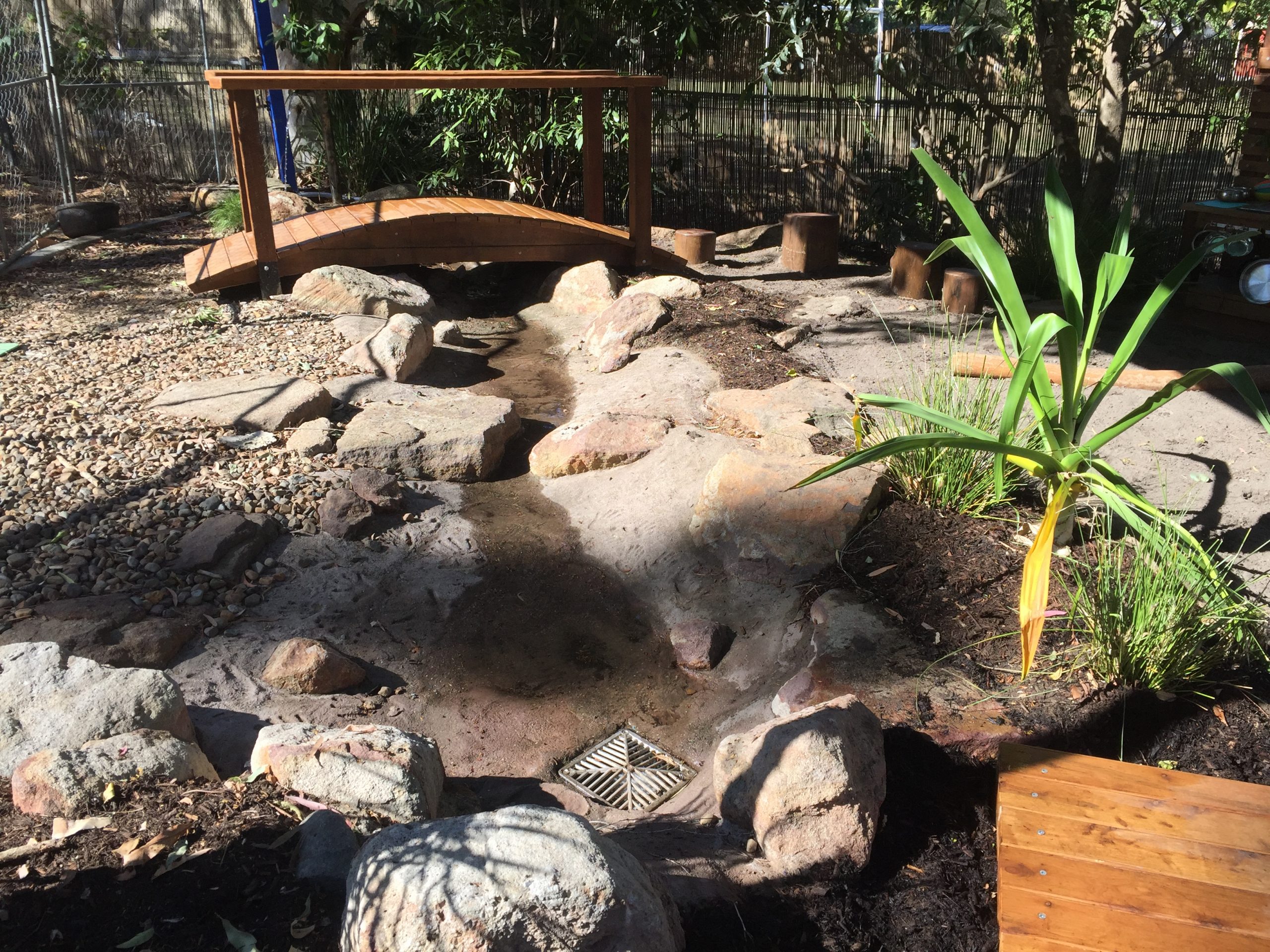Why use a yarning circle?
Queensland Curriculum and Assessment Authority (QCAA) agree that by using yarning circles as a teaching and learning strategy, students’ understanding of Aboriginal and Torres Strait Islander knowledge and ways of working are enhanced. This strategy is suitable for students across all phases of schooling.
Implementing a yarning circle
The QCAA also highlights how to implement a yarning circle within the classroom as highlighted below.
A yarning circle is usually initiated or hosted by an individual — a teacher, a student, or a visitor. Yarning circles can take a number of formats but the following guidelines generally apply when initiating a yarning circle.
Sit in a circle: Participants sit in a circle and are encouraged to actively listen to others’ views. Participants should understand that they are all considered equal within the circle and that there is no hierarchy.
Introduce the group: The host invites participants to introduce themselves and share something about themselves.
Introduce focus questions: Yarning circles can be undertaken for many reasons. The host introduces the purpose of the yarning circle or the focus question to participants.
Share ideas and thoughts: The host encourages participants to take turns to talk and to promote reciprocal sharing and learning. Time can be allocated for participants to write or draw their thoughts after each person speaks. The host could provide butcher’s paper in the middle of the circle for participants to record their thoughts, or hold the circle outside so participate can draw their thoughts in the dirt.
Reflect: Resolve any actions or issues identified by the yarning circle, or agree to follow up in future yarning circles.

